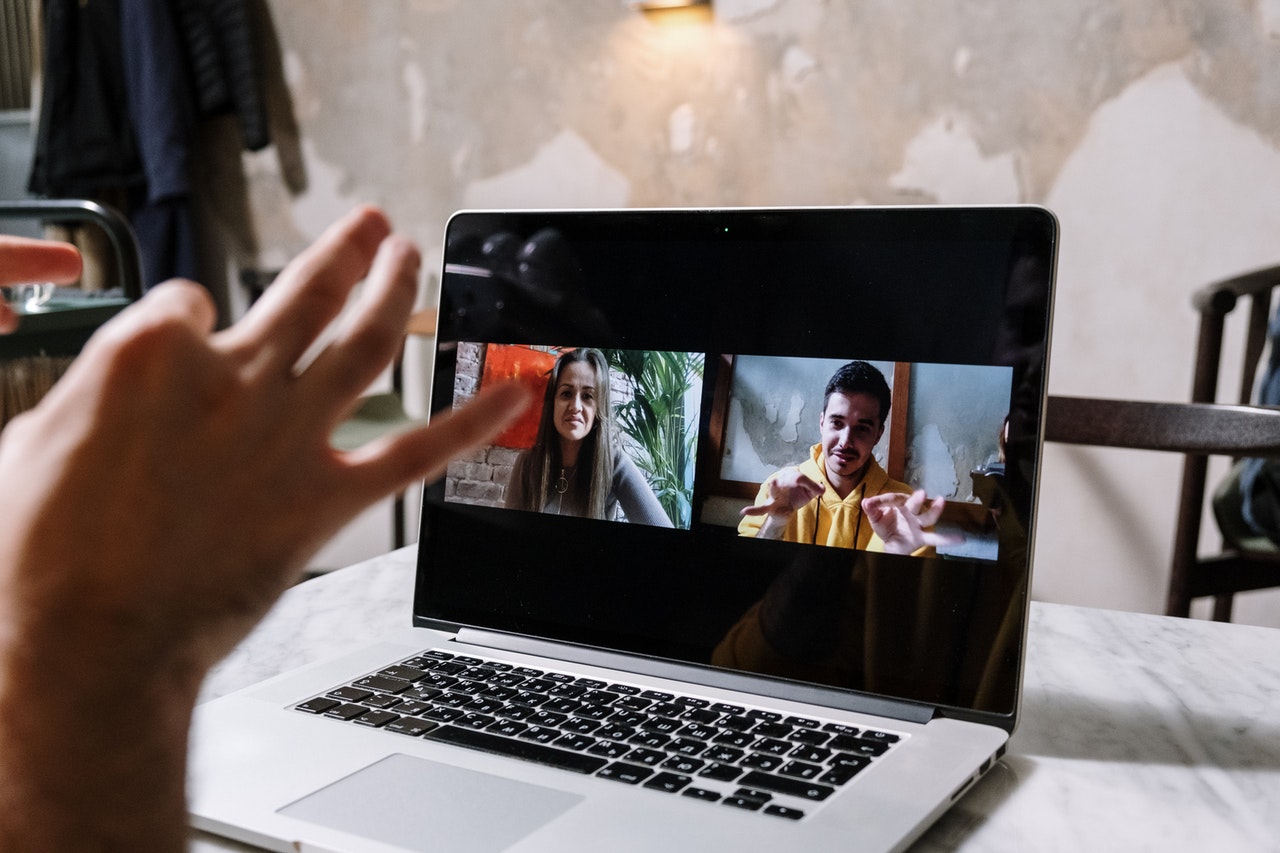Small changes can make big differences for all users. Myself and other members of the Teaching and Learning and Academy recently attended an event run by AbilityNet to understand and apply inclusive and accessible digital practices. The following text summarises the discussion and recommendations suggested by Alistair McNaught and Amy Low during the session. This was a really useful course that centred on the use of an accessibility auditing tool to check the overall accessibility score for a particular course. We are interested in working with programme teams and individuals to help them use this tool to check their own Canvas courses. If you want to know more please contact us.
There are many different factors that contribute to the overall accessibility of a course, how the Virtual Learning Environment (VLE) is designed; lack of consistency; how content flows on a page and even colours can all impact the overall accessibility. AbilityNet has worked with a number of Universities exploring these issues and realigning practice.
AbilityNet have developed an accessibility checking tool which looks at the course through a number of different lenses including:
- LMS Accessibility Statement and Course Accessibility Statement
- Curriculum Content
- Course Design
- Online Presenting
- Technology use and promotion
- Assessment
- Self-Test Opportunities
- Feedback
- Support with Accessibility Issues
- Building Online Communities
The tool is an excel spreadsheet that uses a number of weightings to calculate the overall accessibility experience of a particular course. It’s really effective mechanism to get you thinking about the different elements affecting accessibility and allows you to select how well you think it has been applied in your course. There’s also an option for ‘No/Don’t know’, so even if you want to make a quick evaluation and re-visit the same item later when you’ve made adjustments or learnt a little more about a particular requirement. You don’t need to be an accessibility expert to use the tool and you can always look up any items you’re unsure of.
Accessibility has many shades, each individual has their own learning needs and this requires you to communicate with your learners and find out what’s appropriate and what isn’t.
Top Tips
- Be consistent in everything you do, whether it be course structure, or using terminology
- Make sure your course structure is easy to navigate
- Make content available in advance
- Use the Accessibility Checker in your word documents
- Don’t use PDF’s
- Use closed captions on video
- Talk to your student about digital accessibility
Good teaching practices are often well aligned with inclusive practice, and teachers are often intuitively inclusive, however, sometimes accidental barriers are incorporated through the adoption of new tools or practices. Good course design allows learners to see the big picture, the small picture and allows them to navigate seamlessly between different resources. Learning design models, inclusion and accessibility are intrinsically linked. Many learning design models, such as John Keller’s ARCS (Attention, Relevance, Confidence, Satisfaction) model, Laurillard’s conversational framework or Salmon’s 5 stage model have accessibility elements within them or have implications for technical accessibility. Adopting these models can help us but accessibility requires an organisational and individual response, which you can make by talking to your students, making small changes (see top tips) and using this new auditing tool.
